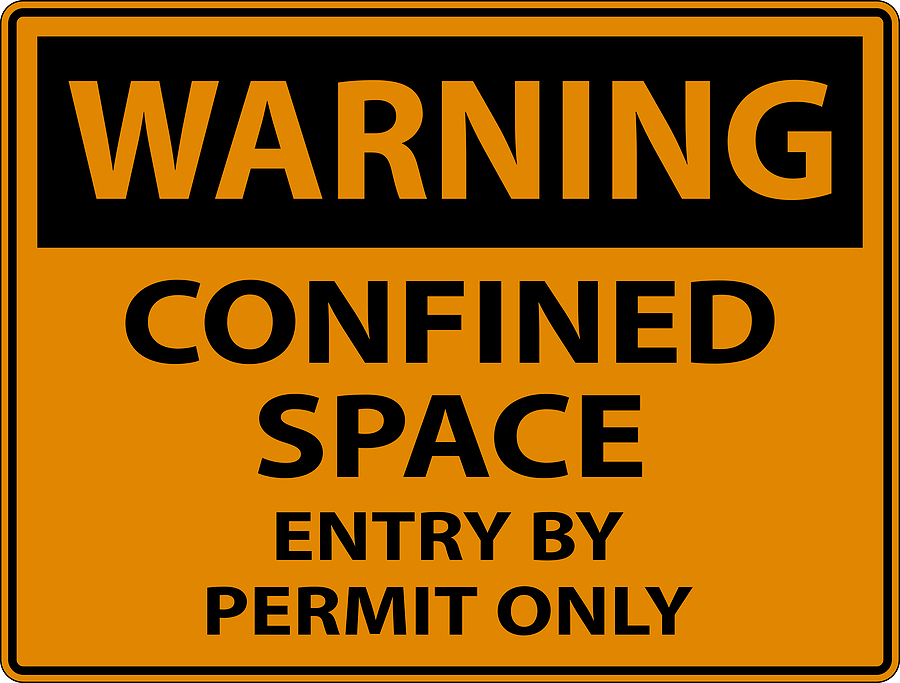Confined Space Worker Smart Safety Practices to Follow to the Letter

Confined spaces aren’t meant for hanging out in. They’re cramped, can be tricky to get in and out of, and definitely not designed for long shifts. The wrong move in one of these spaces can have devastating consequences.
So, let’s get into some crucial habits you need to adopt to stay safe on the job.
Practice #1: Become Fully Aware of Your Confined Space
Simple as it sounds, knowing your confined space inside and out could save your life. It’s not just spotting the hazards; it’s understanding how they work. You need to be thinking, “Okay, if I’m working here, and this thing goes wrong, what’s the worst that can happen?” Don’t rely on luck; get familiar with every potential danger.
Practice #2: Atmospheric Testing of Space
You wouldn’t dive into a pool without checking how deep it is, right? Same principle here. Over half of confined space deaths are because the air straight-up wasn’t breathable. We’re talking oxygen levels, but also stuff like methane – the kind of thing that can kill you without you even smelling it. Test the air with a gas meter before you go in, and keep monitoring while you’re working. This isn’t optional; it’s survival.
Practice #3: Training for Authorized Entrants and Attendants
Look, confined spaces are no joke. It’s why specific training for anyone entering them (that’s you if you’re an entrant) or keeping watch outside (attendants) is absolutely mandatory. This isn’t some generic safety rundown either – you need to know the nitty-gritty of the hazards you could face, how to prep like a pro, and how to handle things if they go south in a hurry. Entrant or attendant, those are two roles with serious responsibility attached.
Practice #4: Isolating (Lockout/Tagout) All Energy Sources
Electricity, gas, steam… confined spaces can hide all sorts of nasty surprises that usually stay safely contained. Your job is to make sure those surprises are disabled before you ever step inside. Lockout/tagout procedures are your friends here – follow them religiously, and they could save your life.
Practice #5: Completing the Confined Space Entry Permit
Think of the entry permit as your last-minute sanity check. Yeah, paperwork can be a drag, but this one matters. It forces you to go step-by-step, making darn sure the space is as safe as possible before you set foot inside. Remember, the goal isn’t perfection; it’s about doing everything in your power to mitigate the risks.
